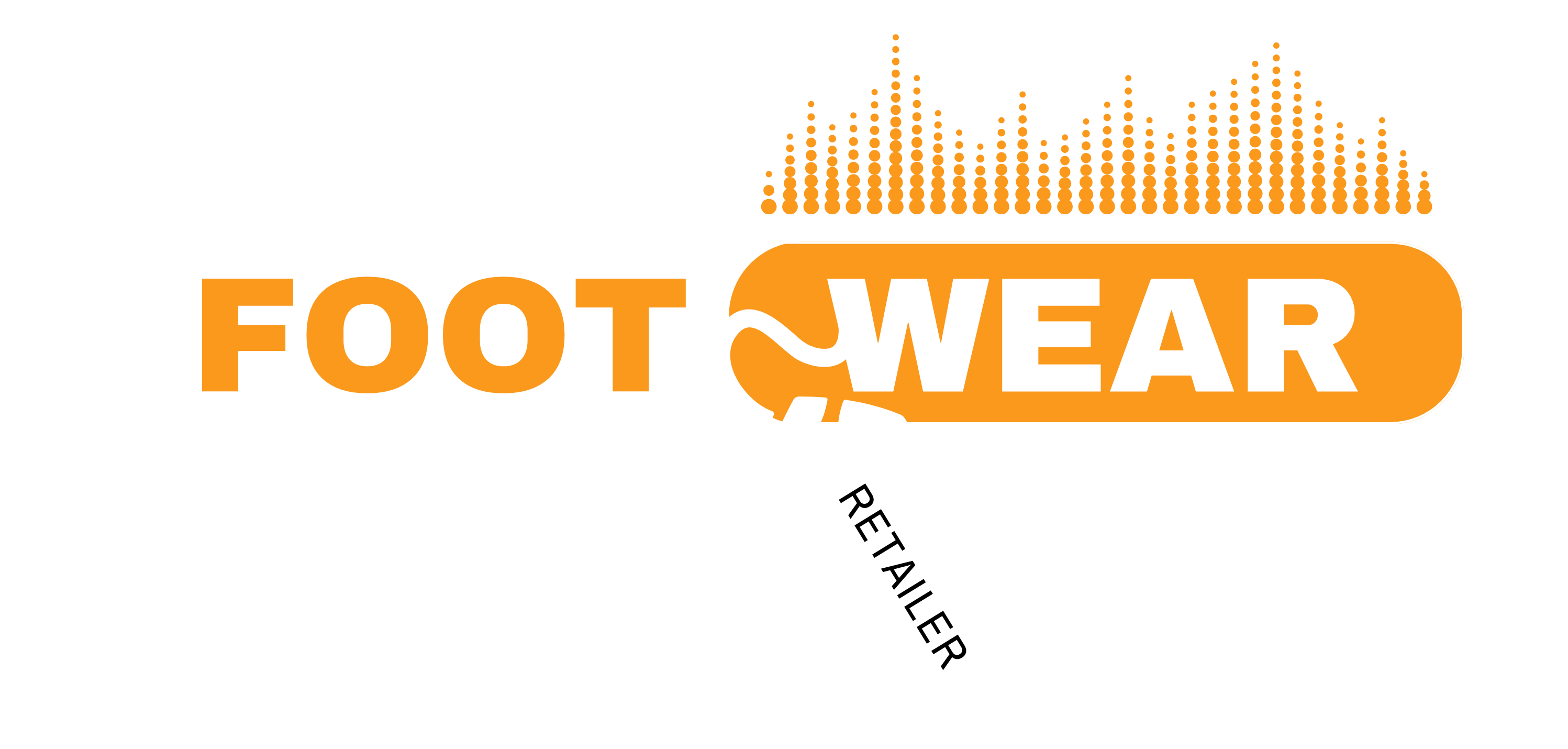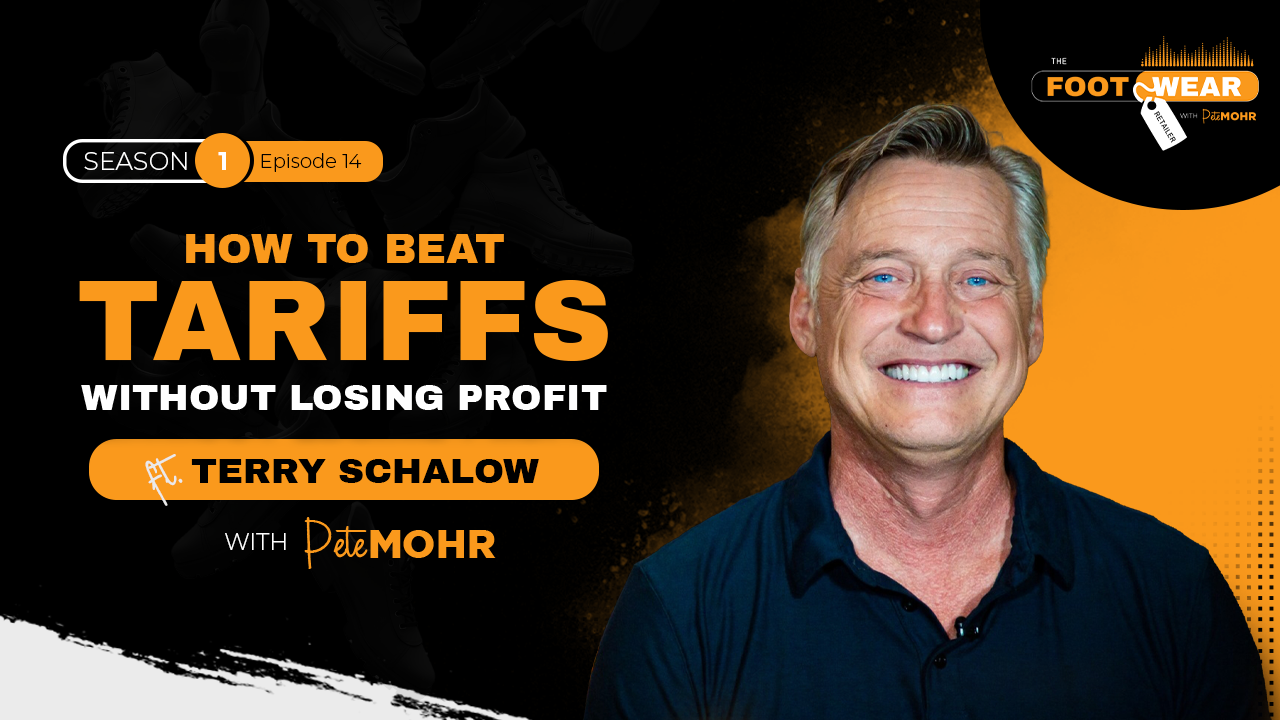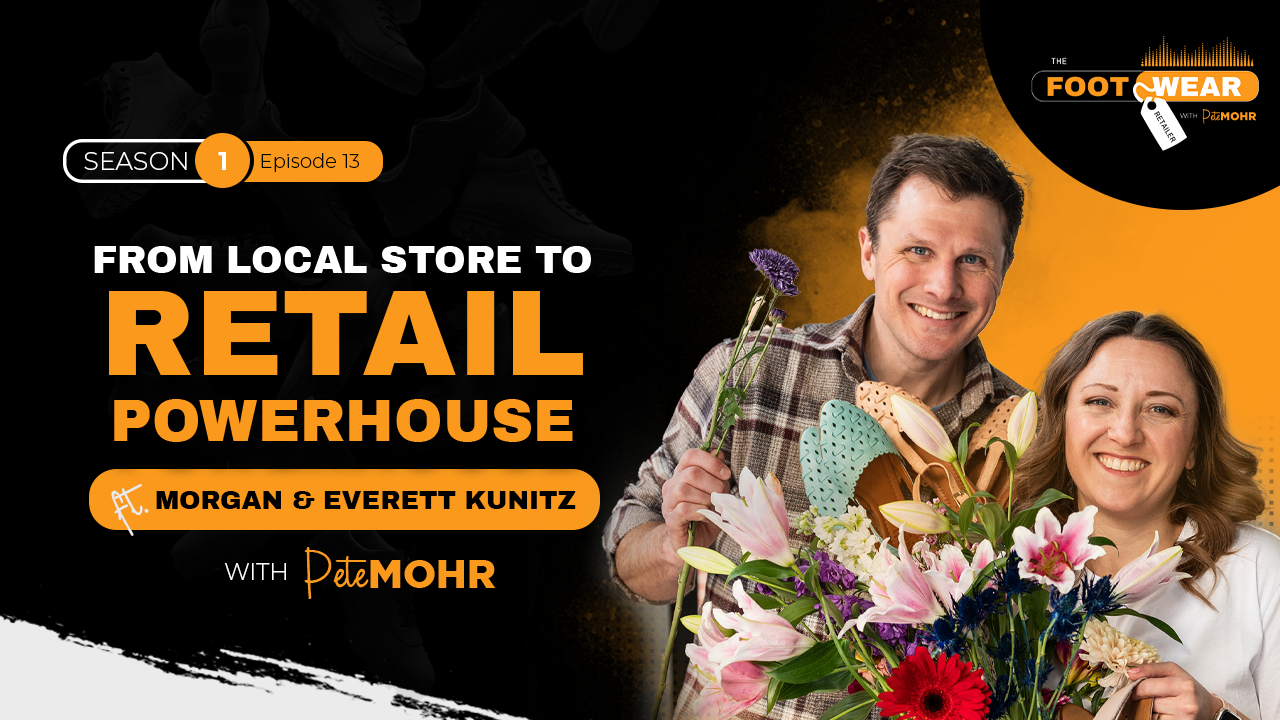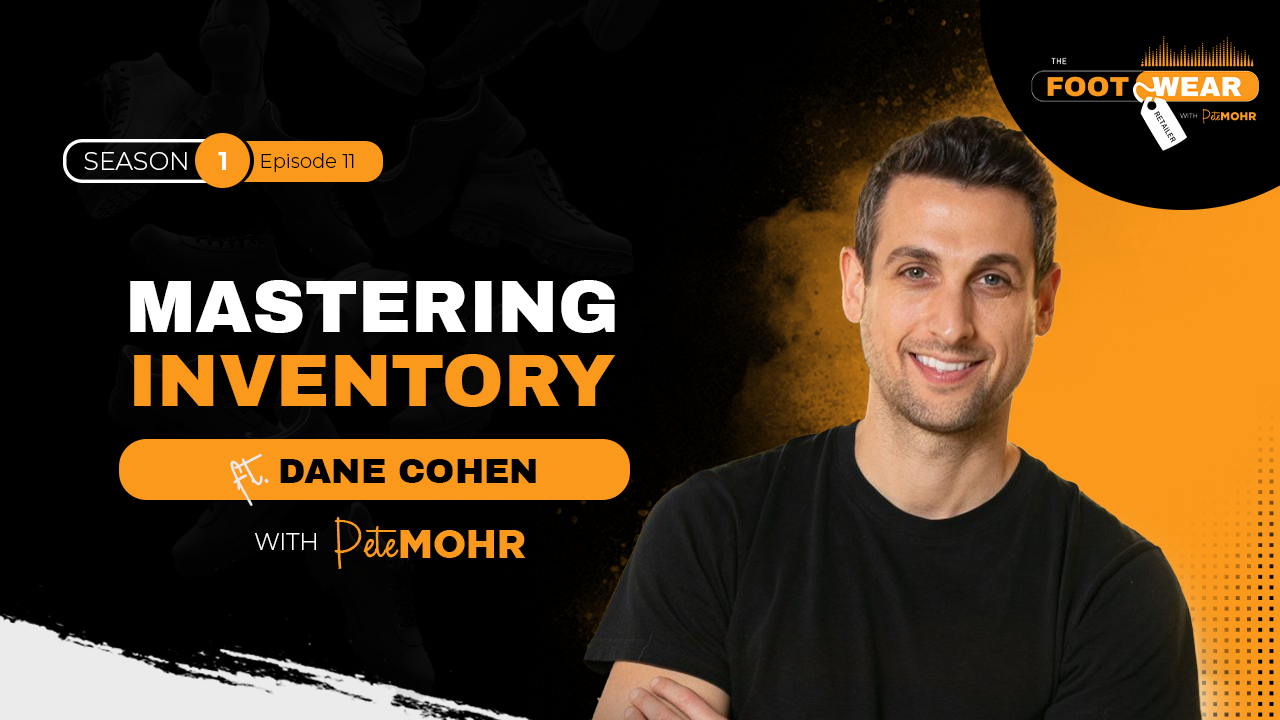If you’ve worked retail long enough, you know exactly what I’m talking about.
That one pair that just sits there. Maybe it’s a size 6 in lime green. Maybe it’s the last size 41 of a style that used to fly off the shelves. You’ve moved it. You’ve discounted it. You’ve tried hiding it in the back, hoping you’ll forget it exists.
But it’s still there.
And it’s taking up space—not just in your stockroom, but in your cashflow, your mental energy, and your bottom line.
In this guide, I’m breaking down what you can do with those stubborn leftover shoes—and how to stop them from piling up in the first place.
Why That One Shoe Is Costing You More Than You Think
It’s easy to shrug off one pair. But when one turns into ten, then fifty, you’ve got a wall of cash you can’t touch.
Here’s the problem:
- Unsold stock ties up your money.
- It clutters your space and makes your store feel stale.
- It steals attention from the new, high-performing items.
And let’s be honest—none of us got into retail to play inventory Tetris in the back room.
What Not To Do: Don’t Panic and Liquidate
A common knee-jerk reaction? Slash the price and hope someone grabs it.
But here’s the problem with that: liquidating too early kills your margins. And if you do it too often, it trains your customers to wait for the sale. You’re teaching them that your inventory has no staying power—and that hurts your brand long-term.
There’s a better way.
The Better Option: List It Where People Are Already Looking
That one shoe still has value. Somewhere out there is a customer looking for that exact pair. Maybe they wore it out and can’t find it again. Maybe it’s their go-to brand and they missed that model before it was discontinued.
Platforms like Max Retail tap into that demand. With over 400 million shoppers across resale marketplaces and retail networks, they give your forgotten stock a second chance at full value—or close to it.
You simply:
- Sync your inventory (especially easy with Shopify or Lightspeed)
- Tag the items that need help selling
- Let the platform list it across multiple marketplaces
- Approve the order, ship it out, and recoup your cost (minus a small fee)
It’s clean, it’s simple, and best of all—it works.
The Weekly Habit That Changed Everything: Max Mondays
One of the smartest moves you can make is to schedule a weekly inventory check-in. We call it Max Mondays.
Here’s what it looks like:
- Every Monday, look at what hit your floor 30 days ago.
- Check your sell-through rate. Did 50% of that style sell in 30 days?
- If not, mark it down slightly or tag it for Max Retail.
By getting proactive instead of reactive, you protect your cash and keep your inventory moving. No more panic selling. No more unsold onesies haunting your shelves.
This small habit helped some retailers boost their annual turns from 1.6 to 2.6—a 50% increase in sales without increasing inventory.
Use Price Drops to Keep It Fresh (Without Slashing Your Margin)
If your product doesn’t sell right away on Max, you don’t have to race to the bottom with discounts.
Instead, you can set gradual price drops:
- After 30 days, take off 5%.
- After 60 days, another 5%.
- Every time it drops, the listing gets refreshed and pushed to the top.
This gives you a steady stream of visibility without eroding your margin too fast.
Still Can’t Sell It? Give It Purpose
Not every shoe finds a buyer. When that happens, donate.
There are incredible organizations like:
- Soles4Souls – repurposes shoes for people in need around the world.
- 210 Foundation – supports those in the footwear industry.
- Local shelters and food banks – many have donation wings for apparel.
If you can’t turn that one shoe into cash, turn it into good.
Action Plan: What to Do Starting Next Monday
Here’s how you can start turning inventory into income—without the stress:
- Start Max Mondays: Block 30 minutes every Monday to review inventory that’s been on the floor for 30+ days.
- Check Sell-Through: Is it moving? If not, decide—mark it down or move it online.
- List on Max Retail: Use your platform (Shopify, Lightspeed, etc.) to tag stale items and sync with Max.
- Set Price Drop Rules: Automate markdowns over time to boost visibility without giving away your margin.
- Donate When Needed: If it won’t sell, donate it with pride—and reclaim the space in your store and your mind.
Conclusion: That One Shoe Isn’t the Problem—Staying Passive Is
That lone pair of unsold shoes is more than just leftover inventory. It’s a signal.
It tells you where to look closer, how to fine-tune your buying, and where a little system can make a big difference. When you build weekly habits like Max Mondays and use tools that give your inventory another life, you stop playing defense and start taking control.
Retail’s tough—but it’s a whole lot easier when you don’t let inventory sit still.





0 Comments